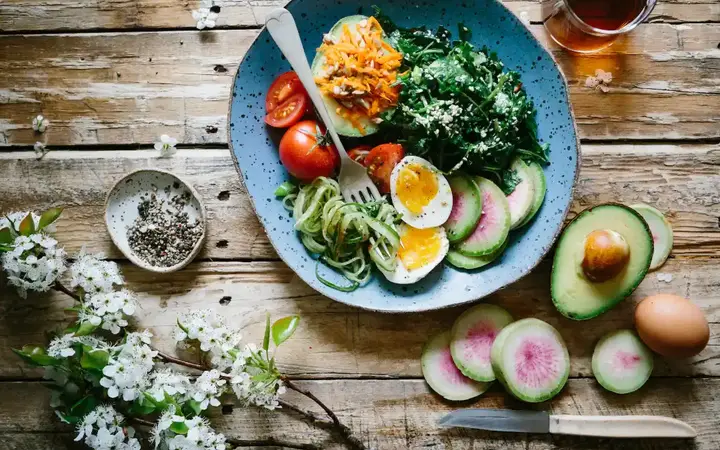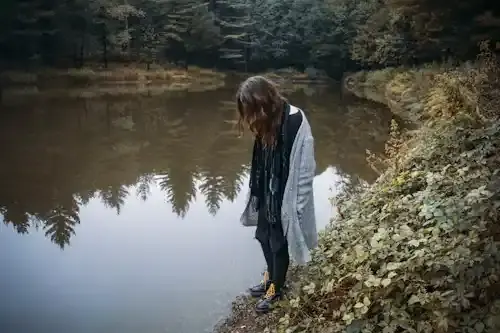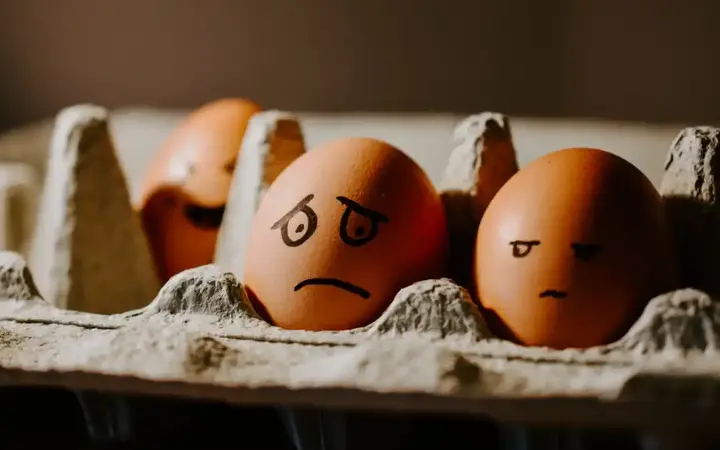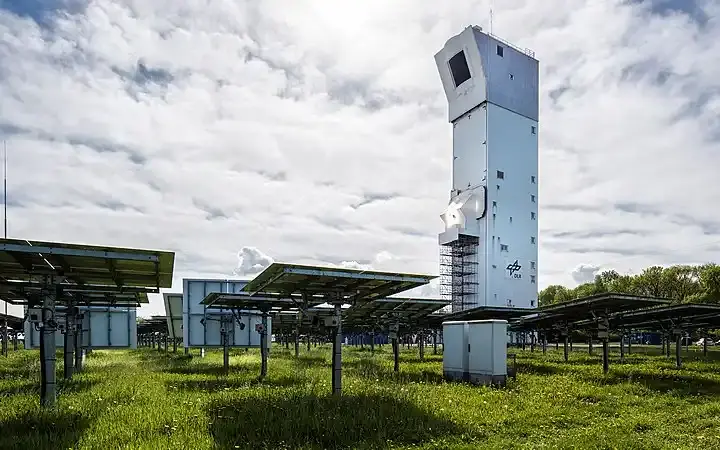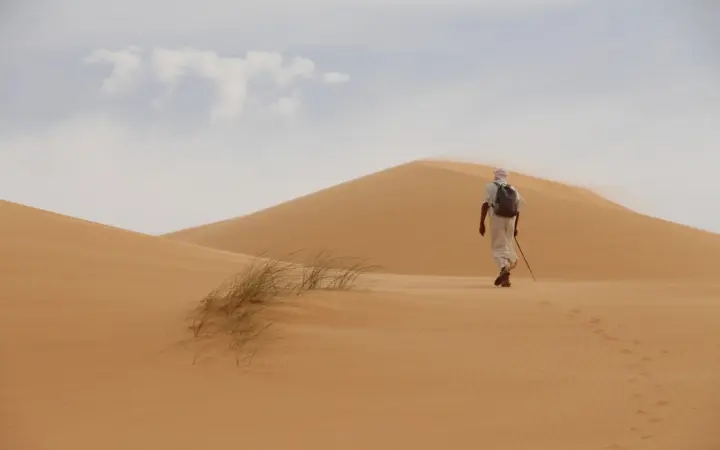Time travel through remote Lewis Island in Scotland
Located in Scotland's Outer Hebrides Islands, Lewis Island is a land where time seems to be at a standstill. This rugged and windswept island offers a unique blend of ancient history, rich culture and breathtaking landscapes that transport visitors to another era. From prehistoric perennial stones to traditional Gaelic culture, Louis Island is a living museum, where the past meets the present. In this article, we will explore the location, history, present, nature and future of this fascinating island, along with its culinary specialties.
1. Louis Island Location.

Lewis Island is the northernmost island in the Outer Hebrides Islands, an archipelago off the west coast of wild Scotland. Separated from the mainland by the turbulent waters of Minch, it is part of the larger Isle of Lewis and Harris, where Lewis occupies the northern two-thirds of the island. Stornoway, the island's largest city, serves as the main gateway to Lewis, with regular ferry services and flights connecting it to the mainland.
Recommend
2. History of the Isle of Louis.

The history of Lewis Island dates back to its ancient past. Archaeological evidence suggests that the island has been inhabited for more than 5,000 years, with some of Scotland's most famous prehistoric sites found here. The Perennial Callanish stones, a complex of Neolithic stone circles, are a testament to the island's rich history. These mysterious stones, older than Stonehenge, are likely used in astronomical rituals and observations.
Over the centuries, Louis has seen the rise and fall of different cultures. From Picts to Norse, each group has made its mark on the island. The influence of the Vikings is particularly strong, with many place names and archaeological sites referring to the past of Nawras. The island was eventually annexed to the Kingdom of Scotland in the thirteenth century, but its distinctive cultural identity remained intact.
3. The current status of Lewis Island.

Today, Lewis Island is a thriving community, although it remains relatively isolated. The islanders, who speak primarily Gaelic, are known for their strong sense of tradition and community. Modern amenities such as schools, healthcare facilities and shops are concentrated in Stornoway, but many residents still live in small villages scattered across the island.
The local economy is largely dependent on fishing, small-scale agriculture and tourism. The island's remote location and pristine natural beauty attract visitors looking to escape the hustle and bustle of modern life. Despite her isolation, Lewis is increasingly connected to the wider world through digital technology, with many residents working remotely or in the creative industries.
4. The nature and geography of Lewis Island.
Lewis Island has diverse and dramatic landscapes. The west coast is characterized by vast areas of land covered by bays and lakes, while the east coast is rugged, with cliffs and rocky beaches. The interior of the island consists of a mix of rolling hills and fertile plains, providing a stark contrast to the arid coastline.
Lewis Island is home to a variety of wildlife, including red deer, otters, and a wide range of bird species. The island's coastal waters are rich in marine life, with seals, dolphins and even whales frequently spotted. The island's natural beauty is exuded by ever-changing weather, with dramatic skies and changing light creating a landscape in constant change.
5. Culinary specialties on the Isle of Lewis.
The culinary traditions of Lewis Island are deeply rooted in its natural environment. Seafood plays a pivotal role in the local diet, with dishes such as smoked salmon, scallops and crayfish very popular. The island's tradition of farming also offers an abundance of fresh, local produce, including lamb, potatoes and root vegetables.
One of Lewis' most popular dishes is the "Stornoway Black Pudding", a blood sausage popular throughout Scotland and beyond. Made with a mixture of pork blood, oatmeal and spices, this delicacy is often served as part of a traditional Scottish breakfast. The island is also famous for whiskey, as local distilleries produce unique types of whiskey that reflect the character of the island's landscape.
6. The future of Lewis Island.

The future of Lewis Island is shaped by challenges and opportunities. The island's remote location and its elderly population present significant obstacles, especially with regard to economic development and the preservation of Gaelic culture. However, there is a growing movement to support the island's unique heritage while embracing modernity.
Renewable energy is one area where Lewis is making significant progress, with wind and wave projects providing the potential to create jobs and boost the local economy. In addition, the island's natural beauty and rich history continue to attract tourists, providing a valuable source of income. There is also a renewed focus on education and cultural preservation, with initiatives aimed at promoting the Gaelic language and traditional crafts.
7. Conclusion: A journey through time.
Lewis Island is a place where the past and the present always meet through threads intertwined in the fabric of everyday life. From its enduring ancient stones to its Gaelic-speaking communities, the island offers a unique glimpse into a lifestyle that has remained largely unchanged for centuries. However, Lewis Island is also a place of heritage recovery and adaptation, where tradition and modernity coexist. As the island faces the challenges of the future, it remains a testament to the enduring spirit of its people and the timeless beauty of its landscape. A visit to Lewis Island is more than just a trip to a remote island; it's a journey through time itself.
![]()
Social entrepreneurship: How do your projects make a positive impact on society?
Social entrepreneurship is all about using innovative ideas to solve social and environmental problems while creating jobs and boosting the economy. It’s growing fast in the Arab world, especially in places like Egypt and the UAE, offering hope for a better, more sustainable future despite funding and awareness challenges. more- ADVERTISEMENT
![]()
Artistic touches at Azadi Tower in Tehran Ira
Built from 8,000 pieces of Isfahan marble, Azadi Tower stands as a powerful symbol of Iran’s cultural revival. Designed by 24-year-old Hossein Amanat, it blends ancient and modern architecture, honors freedom, and reflects national pride—earning awards and a place on the 200-rial coin. more- ADVERTISEMENT
![]()
75% of the global diet is produced by just 12 plants and 5 different animals
75% of the global diet is produced by just 12 plants and 5 different animals more- ADVERTISEMENT
![]()
What to do to get out of the temporary sense of failure?
Feeling like a failure often starts in childhood or from comparing yourself to others, but setbacks don’t define who you are. You're human, not a failure. Practicing gratitude, self-care, and working toward goals can reshape your mindset and boost confidence. Therapy — even online — can also help. more- ADVERTISEMENT
![]()
Why does the Arab lands have so much oil?
Arab countries hold vast oil and gas reserves, with fields like Saudi Arabia’s Ghawar and Safaniya standing out for size and output. Their conventional oil is easier to extract and purer than other types. This wealth stems from rich ancient biodiversity buried under the region's lands over millennia. more- ADVERTISEMENT
![]()
Sacred places in the Andes: 7 secrets of Machu Picchu
Machu Picchu isn't truly the lost city of the Incas, and it's not as forgotten as once believed—locals were living there when rediscovered. Many marvels are hidden underground, and if you're up for a sweaty climb, you can skip the pricey bus and enjoy epic views for free. more- ADVERTISEMENT
![]()
Rare but deadly natural phenomena: a fascinating look at the extraordinary forces of the Earth
Nature stuns with rare spectacles like ghost apples clinging to branches, red rain falling mysteriously in India, and jellyfish lightning flashing above storms. From Venezuela’s eternal lightning storms to Australia’s rolling morning glory clouds, these phenomena showcase Earth’s strange, powerful beauty—and remind us how little we really know. more- ADVERTISEMENT
![]()
Success Guide - How to tame anxiety, stress and work stress?
Feeling overwhelmed by anxiety, stress, or work pressure? This simple guide offers practical steps like deep breathing, walking, quality sleep, setting boundaries, and staying organized to help you cope and regain balance. Remember, small changes can make a big difference—and you're not alone. more- ADVERTISEMENT
![]()
Global Solar Radiation: Regional Disparities and the Potential of the Middle East
Bathed in sunlight and embracing vast deserts, the Middle East shines as a global leader in solar energy. With over 3,000 annual sunshine hours, the region fuels innovation and growth, setting the stage for a bright, clean-energy future powered by the sun. more- ADVERTISEMENT
![]()
Sand and fog skies: a harsh introduction to Mauritania
Nouadhibou may appear harsh and chaotic, yet its dusty markets and joyful children reveal a community full of resilience and warmth. Despite poverty and challenges, the city radiates human spirit and hope, offering visitors an unforgettable glimpse into a life built on adaptation and cooperation. more- ADVERTISEMENT














